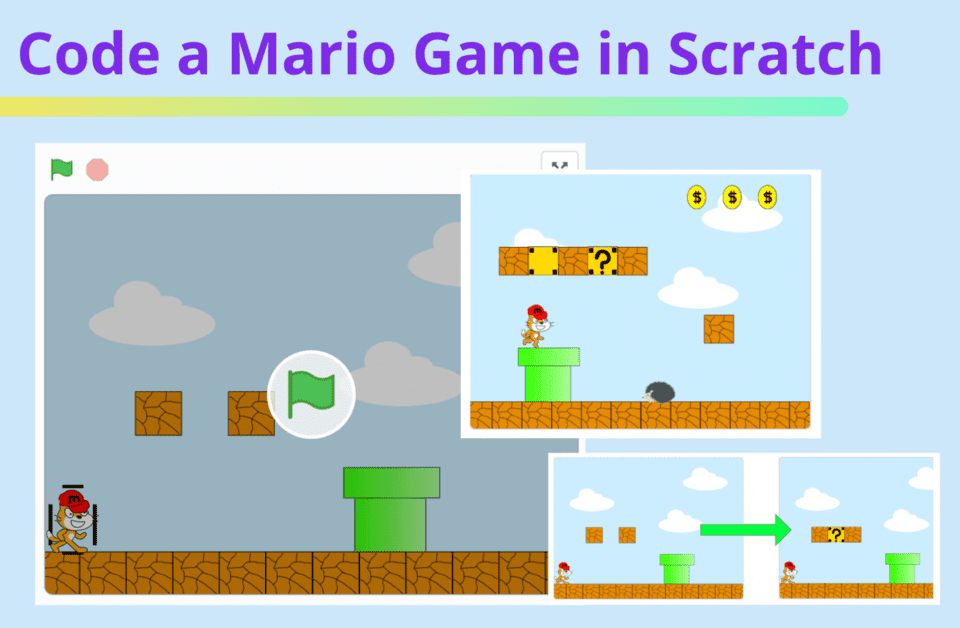Game engines are software frameworks that game developers use to create video games. They provide pre-built libraries and tools to simplify tasks such as rendering graphics, playing sound effects and handling player inputs, allowing developers to focus on the creative aspects of game development. Popular game engines range from simple 2D engines to complex 3D engines such as Unity, Unreal Engine, and Godot. Building a game from scratch involves coming up with a concept and design, prototyping, development, testing and debugging, and release. By following a structured process, teams can create games that are entertaining, engaging and fresh.
Introduction
Video games have been a popular form of entertainment for decades, and the industry only continues to grow. With advances in technology, game developers can now create incredibly detailed and immersive worlds that players can explore and interact with. But how exactly are these games made? In this article, we’ll take a look at the process of building games from scratch using game engines.
What are Game Engines?
A game engine is a software framework that game developers use to create video games. These engines provide pre-built libraries and tools to handle tasks such as rendering graphics, playing sound effects and music, and handling player inputs. By using a game engine, developers can focus on the creative aspects of game development, rather than spending time writing low-level code.
Popular Game Engines
There are many game engines available, ranging from simple 2D engines to complex 3D engines. Some popular examples include:
- Unity
- Unreal Engine
- Godot
- GameMaker Studio
- Construct
Building a Game from Scratch
Now that we have a basic understanding of game engines, let’s take a look at the process of building a game from scratch. While the specifics may vary depending on the engine being used, there are a few general steps that most games go through during development:
1. Concept and Design
The first step in building any game is to come up with a concept and a design. This involves deciding on the core mechanics of the game, such as the player’s objectives, the world they will inhabit, and the characters they will encounter. During this phase, designers might create sketches or mock-ups to give the team a visual representation of the game.
2. Prototyping
Once the basic concept is in place, the team will create a prototype of the game. This might involve quickly building a small section of the game using simple properties to test the core mechanics. This can help identify any potential issues or design flaws before too much time and effort is spent on building the full game.
3. Development
With the concept and prototype in place, the development process can begin. This involves using the game engine to create the game’s code, assets, and world. This is also the stage where scripts are written to control the behaviour of NPCs, AI routines, physics engines, collision detection, and audio behaviours of the game. This stage can take up to 2-5 years with some of the complicated triple-A games.
4. Testing and Debugging
Once the game is built, it needs to be thoroughly tested and debugged. This involves identifying and fixing any issues that may occur during play-testing. Bugs can range from minor glitches that are easily fixed to major game-breaking issues that may require changes to the game’s code or design.
5. Release
Finally, the game is ready for release. This stage involves packaging the game for distribution, creating promotional materials, and working with publishers to get the game into stores. The game can be released on multiple platforms such as PC, Mobile (Android/iOS), Console (Xbox/Playstation/Nintendo Switch) or even using web-based technologies like WebGL or HTML.
Conclusion
Building games from scratch using game engines is a complex and involved process, but it allows developers to create immersive and interactive worlds that players can explore and enjoy. By following a structured process, teams can work together to create games that are entertaining, engaging, and fresh. We hope this article has helped demystify the game development process and provides you with a basic roadmap for building your own game.
